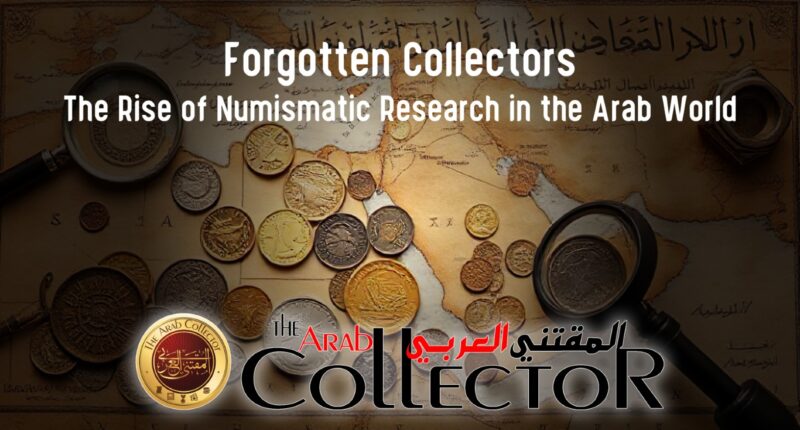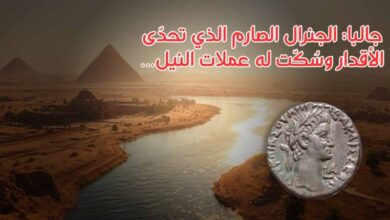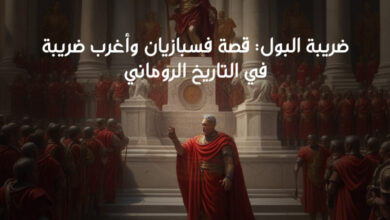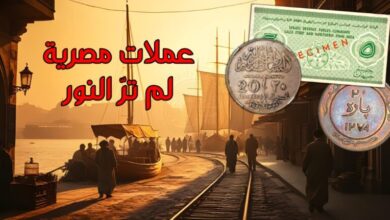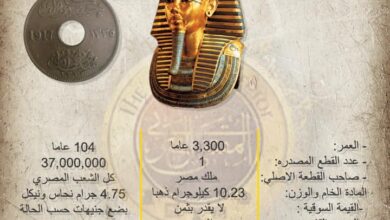Forgotten Collectors: The Rise of Numismatic Research in the Arab World
— a region that boasts a numismatic legacy stretching back over a millennium, encompassing Islamic caliphates, colonial transitions, and modern statehood. Despite its deep historical relevance, Arab numismatics has struggled for recognition within global academic circles and mainstream collector platforms. However, over the past decade, a quiet but determined movement has been changing that narrative.
A Region with Deep Numismatic Roots
The Arab world, spanning from Morocco to the Gulf, has been a critical axis in the development of early Islamic coinage, Ottoman provincial issues, colonial-era currencies, and modern state monetary systems. Coins from the Umayyad and Abbasid dynasties, for example, reflect a transition from Byzantine and Sasanian influences into a distinct Islamic identity. Likewise, the postal history of the Arab world — particularly in regions such as Egypt, Lebanon, Syria, and Palestine — offers profound insight into geopolitical shifts and colonial legacies.
Yet, for years, this wealth of material was trapped in private collections, inaccessible archives, or poorly documented in international catalogues. Language barriers, regional instability, and the absence of centralized scholarly platforms compounded the isolation of Arab collectors and researchers from global discourse.
The Arab Collector: A Catalyst for Revival
In 2016, a new initiative emerged to bridge that gap: The Arab Collector (المقتني العربي), a digital magazine and research platform dedicated to Arabic numismatics, philately, and historical ephemera. Founded by Mazen Mira and Moheb Rizkallah, the project sought to create an academic yet accessible medium for Arab collectors, researchers, and historians.
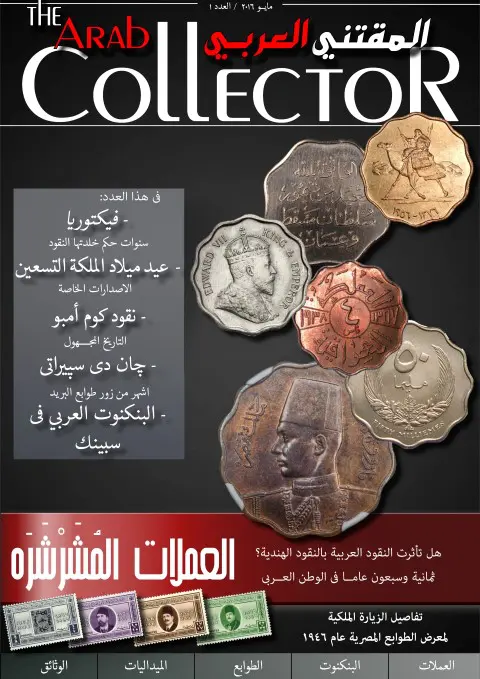
Initially launched as an e-magazine, The Arab Collector rapidly evolved into a multifaceted digital platform, offering:
- Specialized articles in Arabic and English on coins, banknotes, stamps, and medals.
- Digitized archives of rare catalogues and historical documents.
- A network of contributors from over 10 Arab countries.
- Partnerships with international platforms such as Numista and the Internet Archive.
In doing so, it filled a critical void — providing a centralized, credible source of Arab-centric numismatic knowledge.
Building Recognition Without Institutions
Unlike in the West, where national numismatic societies and museums support collectors, the Arab world lacks a unified institutional framework for numismatics. Most countries have limited public infrastructure for research in this domain, and national museums often treat coins as secondary artifacts.
This is where grassroots initiatives like The Arab Collector become vital. The platform has not only published over 15 comprehensive issues but has also archived thousands of historical scans, field studies, and collector testimonials. Its digital library, library.arabcollector.com, has become a go-to resource for Arabic-language references on monetary and postal history.
Global Collaboration, Regional Identity
Despite challenges, The Arab Collector has forged connections with major global players such as:
- PCGS and NGC (Professional coin grading services)
- Numista (which now hosts several volumes of the magazine)
- International ISSN Portal, which has officially indexed the publication
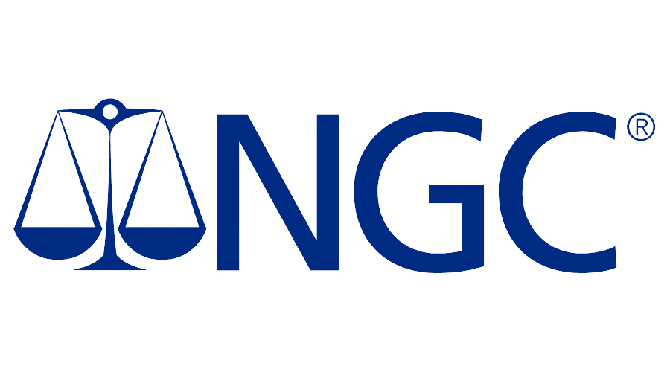

Through these affiliations, Arab numismatic content is gradually entering the global archive, allowing greater visibility and citation in international research.
Moreover, The Arab Collector has actively promoted collaboration with local philatelic clubs and individual researchers, reinforcing the idea that scholarship need not be limited by borders.
Challenges Ahead: Institutional Resistance and Linguistic Barriers
While the rise of digital platforms has democratized access, traditional institutions — even within the Arab world — often resist new voices. Some local societies view independent initiatives as competition rather than allies. Furthermore, many global publications continue to publish exclusively in English, limiting exposure to Arabic-language research.
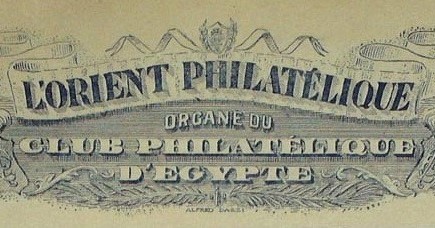
Addressing this will require a twofold strategy:
- Translation of key Arabic works into English and French, to integrate with global scholarship.
- Outreach programs that engage museums, universities, and societies in mutual research.
Conclusion: A New Chapter for Forgotten Collectors
Arab numismatics is no longer confined to personal collections or niche circles. Thanks to digital transformation, community-led initiatives, and growing interest in regional heritage, a new generation of collectors and researchers is emerging.
The Arab Collector stands as both a symbol and a tool of that transformation — proof that with the right platform, even “forgotten collectors” can reclaim their voice in the global narrative of numismatic history.
As we look to the future, the question is no longer whether the Arab world will contribute to numismatic scholarship — but rather, whether the world is ready to listen.
📎 References & Resources
- The Arab Collector on Archive.org
- The Arab Collector Digital Library
- The Arab Collector Vol.1 on Numista
- Forum discussion on Numista
- Official ISSN Registry
- The Arab Collector Official Site
